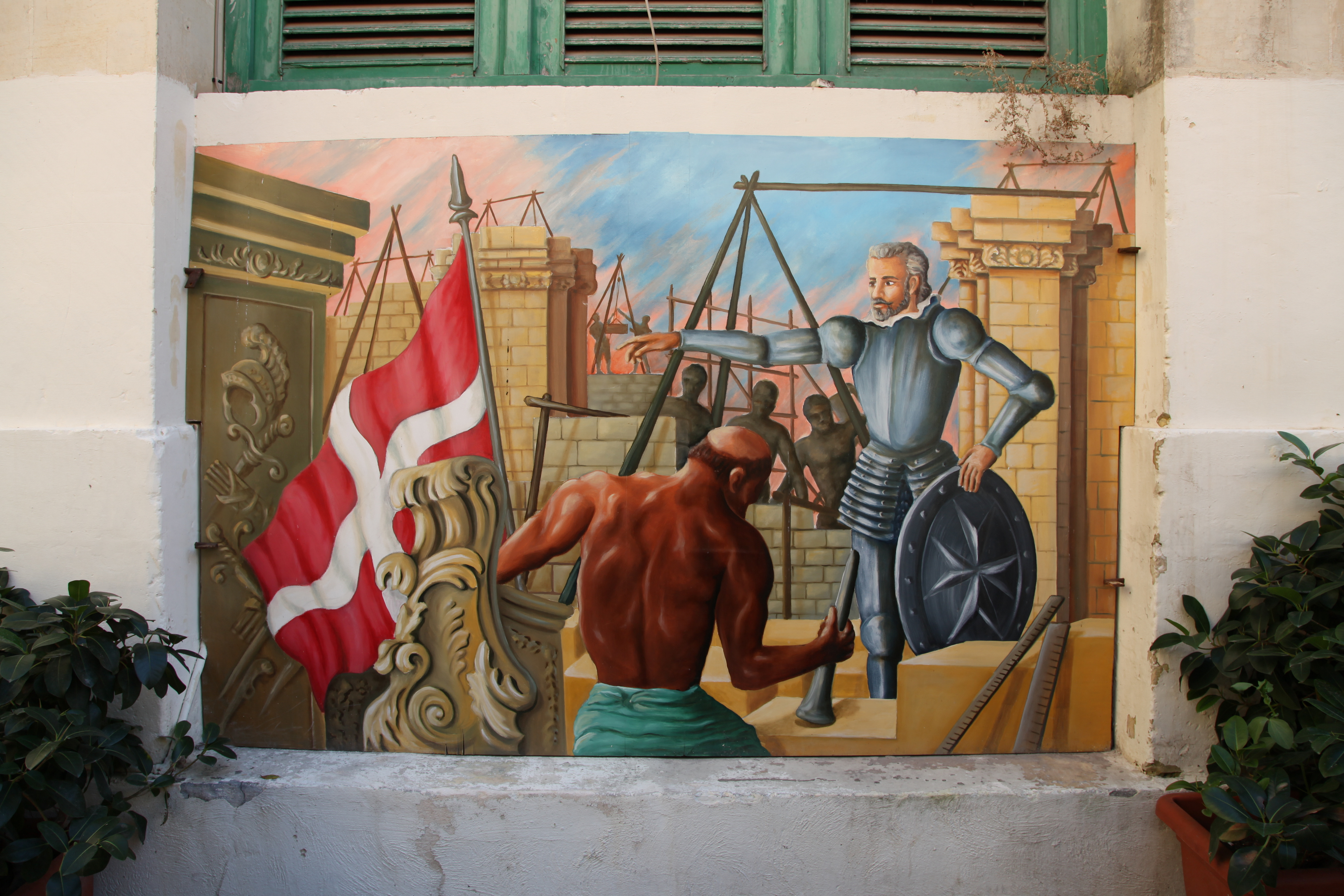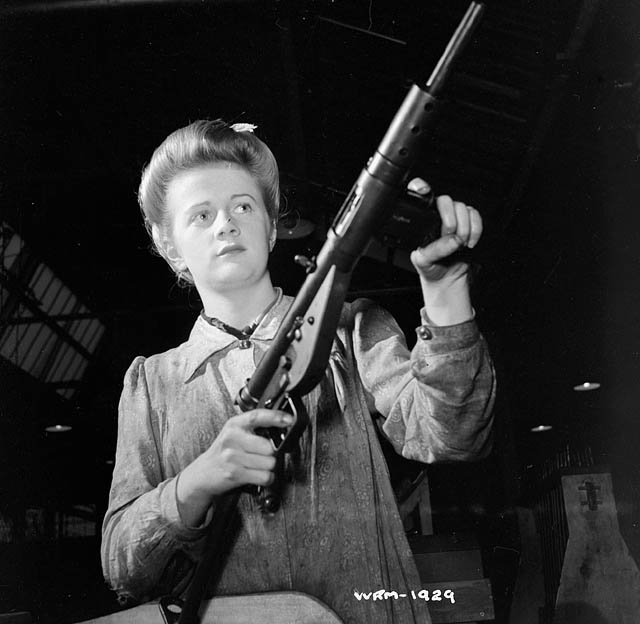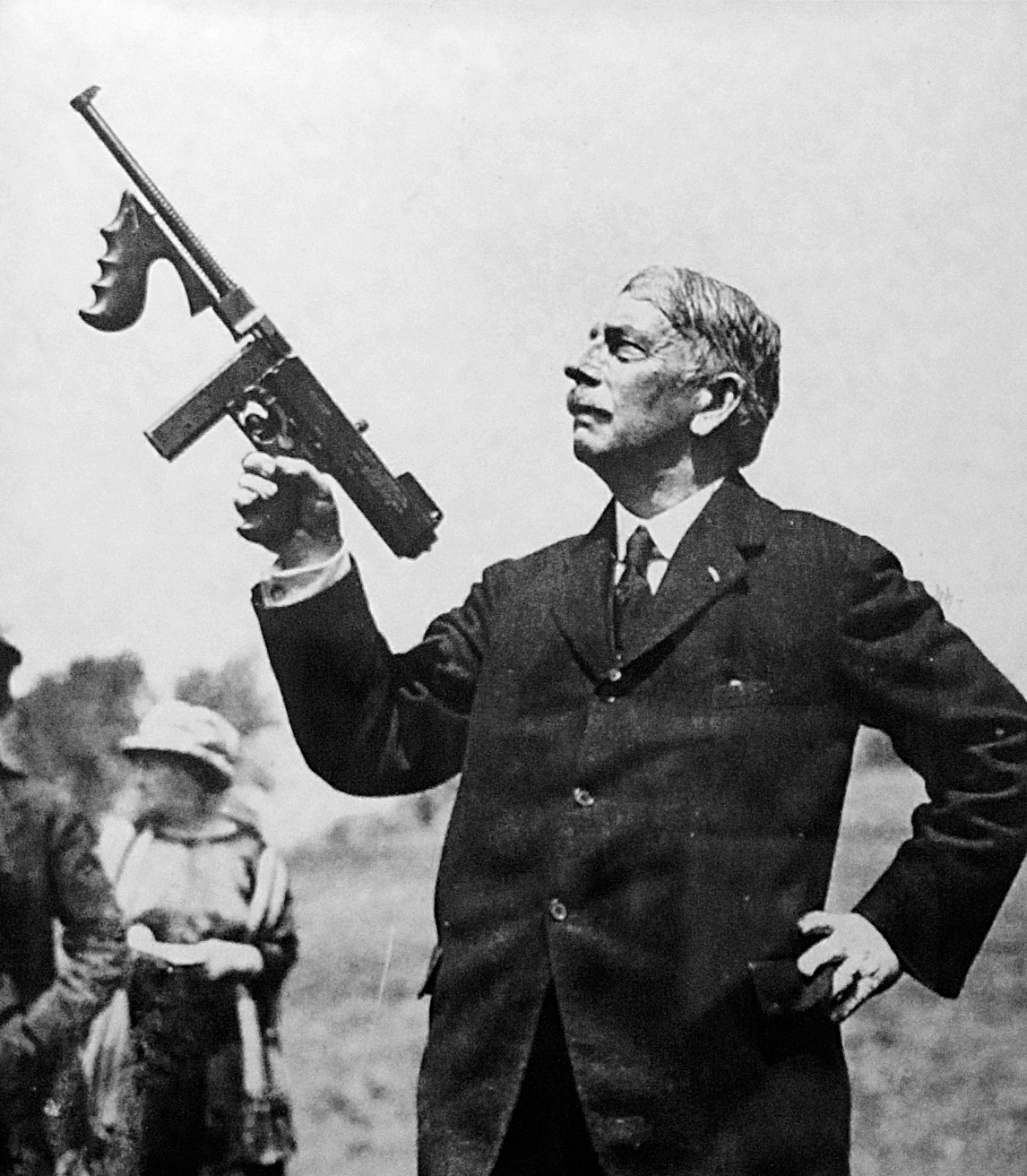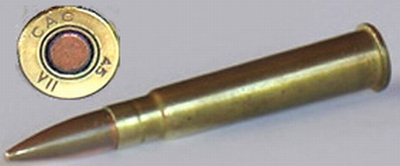|
The King's Own Malta Regiment
The King's Own Malta Regiment was a territorial infantry regiment on the British Army colonial list prior to Malta's independence. It was formed in 1801 as the "Regiment of Maltese Militia", existing only until the following year. It was reformed as the "Maltese Militia" by Sir Adrian Dingli in 1852 before disbanding again in 1857. It was raised again, this time as the "Royal Malta Regiment of Militia" in 1889; this regiment was considered to be the successor to the "Maltese Chasseurs" of the early 19th century. The regiment was renamed the "King's Own Royal Malta Regiment of Militia" in 1903, and was disbanded in 1921. The regiment was raised for a fourth time in 1931 as the "King's Own Malta Regiment". Initially on the British Establishment, in 1951 it was transferred to the Malta Territorial Force before becoming part of the Malta Land Force on Malta's independence in 1964. The regiment was disbanded in 1972. History The K.O.M.R. was formed as a Territorial Infantry Regiment ... [...More Info...] [...Related Items...] OR: [Wikipedia] [Google] [Baidu] |
Valletta
Valletta ( ; , ) is the capital city of Malta and one of its 68 Local councils of Malta, council areas. Located between the Grand Harbour to the east and Marsamxett Harbour to the west, its population as of 2021 was 5,157. As Malta’s capital city, it is a commercial centre for shopping, bars, dining, and café life. It is also the southernmost capital of Europe, and at just , it is the European Union's smallest capital city. Valletta's 16th-century buildings were constructed by the Hospitaller Malta, Knights Hospitaller. The city was named after the Frenchman Jean Parisot de Valette, who succeeded in defending the island against an Ottoman invasion during the Great Siege of Malta. The city is Baroque architecture, Baroque in character, with elements of Mannerist architecture#Mannerist architecture, Mannerist, Neoclassical architecture, Neo-Classical and Modern architecture, though the Second World War left major scars on the city, particularly the destruction of the Royal Oper ... [...More Info...] [...Related Items...] OR: [Wikipedia] [Google] [Baidu] |
London Victory Parade
The London Victory Celebrations of 1946 were British Commonwealth, Empire and Allied victory celebrations held after the defeat of Nazi Germany and Japan in World War II. On 1 November 1945 the Prime Minister, Clement Attlee, appointed a committee under the chairmanship of the Home Secretary, James Chuter Ede to formulate plans for official victory celebrations. The celebrations took place in London on 8 June 1946, and consisted mainly of a military parade through the city and a night time fireworks display. Most British allies took part in the parade, including Belgium, Brazil, China, Czechoslovakia, France, Greece, Luxembourg the Netherlands and the United States. Victory parade The first part of the parade was the Chiefs of Staff's procession, featuring the British Chiefs of Staff together with the Supreme Allied Commanders. This was followed by a mechanised column which went from Regent's Park to Tower Hill to The Mall (where the saluting base was) and then back to ... [...More Info...] [...Related Items...] OR: [Wikipedia] [Google] [Baidu] |
Sten
The STEN (or Sten gun) is a British submachine gun chambered in 9×19mm which was used extensively by British and Commonwealth forces throughout World War II and during the Korean War. The Sten paired a simple design with a low production cost, facilitating mass production to meet the demand for submachine guns. As well as equipping regular units, the Sten was distributed to resistance groups within occupied Europe. Its simple design made it an effective insurgency weapon for resistance groups. The Sten is a select fire, blowback-operated weapon with a side-mounted magazine. Sten is an acronym, derived from the names of the weapon's chief designers: Major Reginald V. Shepherd and Harold J. Turpin, and "En" for the Enfield factory. Around four million Stens in various versions were made in the 1940s, making it the second most produced submachine gun of the Second World War, after the Soviet PPSh-41. The Sten served as the basis for the Sterling submachine gun, which repl ... [...More Info...] [...Related Items...] OR: [Wikipedia] [Google] [Baidu] |
Thompson Submachine Gun
The Thompson submachine gun (also known as the "Tommy gun", "Chicago typewriter", or "trench broom") is a blowback-operated, selective-fire submachine gun, invented and developed by Brigadier General John T. Thompson, a United States Army officer, in 1918. It was designed to break the stalemate of trench warfare of World War I, although early models did not arrive in time for actual combat. The Thompson saw early use by the United States Marine Corps during the Banana Wars, the United States Postal Inspection Service, the Irish Republican Army, the Republic of China, and the FBI following the Kansas City Massacre. The weapon was also sold to the general public. Because it was so widely used by criminals, the Thompson became notorious during the Prohibition era as the signature weapon of various organized crime syndicates in the United States in the 1920s. It was a common sight in the media at the time, and was used by both law enforcement officers and criminals. The T ... [...More Info...] [...Related Items...] OR: [Wikipedia] [Google] [Baidu] |
Webley Revolver
The Webley Revolver (also known as the Webley Top-Break Revolver or Webley Self-Extracting Revolver) was, in various Mark (designation), designations, a standard issue service pistol, service revolver for the armed forces of the United Kingdom, and countries of the British Empire, from 1887 to 1963. The Webley is a Break-action, top-break revolver and breaking the revolver operates the extractor (firearms), extractor, which removes cartridge (firearms), cartridges from the cylinder (firearms), cylinder. The Webley Mk I service revolver was adopted in 1887 and the Mk IV rose to prominence during the Second Boer War, Boer War of 1899–1902. The Mk VI was introduced in 1915, during wartime, and is the best-known model. Firing large .455 Webley cartridges, Webley service revolvers are among the most powerful top-break revolvers produced. The .455 calibre Webley is no longer in military service. , the .38/200 Webley Mk IV variant was still in use as a police sidearm in a number of co ... [...More Info...] [...Related Items...] OR: [Wikipedia] [Google] [Baidu] |
Lee–Enfield
The Lee–Enfield is a bolt-action, magazine-fed repeating rifle that served as the main firearm of the military forces of the British Empire and Commonwealth during the first half of the 20th century, and was the standard service rifle of the British Armed Forces from its official adoption in 1895 until 1957. A redesign of the Lee–Metford (adopted by the British Army in 1888), the Lee–Enfield superseded it and the earlier Martini–Henry and Martini–Enfield rifles. It featured a ten-round box magazine which was loaded with the .303 British cartridge manually from the top, either one round at a time or by means of five-round chargers. The Lee–Enfield was the standard-issue weapon to rifle companies of the British Army, colonial armies (such as India and parts of Africa), and other Commonwealth nations in both the First and Second World Wars (such as Australia, New Zealand, South Africa, and Canada). Although officially replaced in the United Kingdom with the L1A ... [...More Info...] [...Related Items...] OR: [Wikipedia] [Google] [Baidu] |
Malta
Malta, officially the Republic of Malta, is an island country in Southern Europe located in the Mediterranean Sea, between Sicily and North Africa. It consists of an archipelago south of Italy, east of Tunisia, and north of Libya. The two official languages are Maltese language, Maltese and English language, English. The country's capital is Valletta, which is the smallest capital city in the EU by both area and population. It was also the first World Heritage Site, World Heritage City in Europe to become a European Capital of Culture in 2018. With a population of about 542,000 over an area of , Malta is the world's List of countries and dependencies by area, tenth-smallest country by area and the List of countries and dependencies by population density, ninth-most densely populated. Various sources consider the country to consist of a single urban region, for which it is often described as a city-state. Malta has been inhabited since at least 6500 BC, during the Mesolith ... [...More Info...] [...Related Items...] OR: [Wikipedia] [Google] [Baidu] |
World War II
World War II or the Second World War (1 September 1939 – 2 September 1945) was a World war, global conflict between two coalitions: the Allies of World War II, Allies and the Axis powers. World War II by country, Nearly all of the world's countries participated, with many nations mobilising all resources in pursuit of total war. Tanks in World War II, Tanks and Air warfare of World War II, aircraft played major roles, enabling the strategic bombing of cities and delivery of the Atomic bombings of Hiroshima and Nagasaki, first and only nuclear weapons ever used in war. World War II is the List of wars by death toll, deadliest conflict in history, causing World War II casualties, the death of 70 to 85 million people, more than half of whom were civilians. Millions died in genocides, including the Holocaust, and by massacres, starvation, and disease. After the Allied victory, Allied-occupied Germany, Germany, Allied-occupied Austria, Austria, Occupation of Japan, Japan, a ... [...More Info...] [...Related Items...] OR: [Wikipedia] [Google] [Baidu] |
Brodie Helmet
The Brodie helmet is a steel combat helmet designed and patented in London in 1915 by Latvian inventor John Leopold Brodie (). A modified form of it became the Helmet, Steel, Mark I in Britain and the M1917 Helmet in the US. Colloquially, it was called the shrapnel helmet, battle bowler, Tommy helmet, tin hat, and in the United States the doughboy helmet. It was also known as the dishpan hat, tin pan hat, washbasin and Kelly helmet. The German Army called it the ''Salatschüssel'' (salad bowl). The term ''Brodie'' is often misused. It is correctly applied only to the original 1915 ''Brodie's Steel Helmet, War Office Pattern''. Background At the outbreak of World War I, none of the combatants provided their troops with steel helmets. Soldiers of most nations went into battle wearing cloth, felt or leather headgear that offered no protection from modern weapons. A significant partial exception to this lack was the German ''Pickelhaube''. Like other army helmets of 1914, it wa ... [...More Info...] [...Related Items...] OR: [Wikipedia] [Google] [Baidu] |
Side Cap
A side cap is a military cap that can be folded flat when not being worn. It is also known as a garrison cap or flight cap in the United States, wedge cap in Canada, or field service cap in the United Kingdom. In form the side cap is comparable to the glengarry, a folding version of the Scottish military bonnet. It has been associated with various military forces since the middle of the 19th century, as well as various civilian organizations. Australia All ranks of the Royal Australian Air Force (RAAF) are entitled to wear the blue garrison cap with appropriate cap badge as an optional item with General Purpose Uniform (GPU), Service Dress (SD) and Flying Dress (FD) uniforms. The piping of the garrison cap for air officers is light blue, the piping for all other ranks is solid blue. The RAAF is the only branch of the Australian Defence Force entitled to wear garrison caps. Canada Army In the Canadian Armed Forces, the field service cap () is defined by the Canadian Forces Dr ... [...More Info...] [...Related Items...] OR: [Wikipedia] [Google] [Baidu] |
Battle Dress
A combat uniform, also called a field uniform, battledress, or fatigues, is a casual uniform used by military, police, fire, and other public uniformed services for everyday fieldwork and duty, as opposed to dress uniforms for formal functions and parades. It generally consists of a jacket, trousers, and shirt or T-shirt, all cut to be looser and more comfortable than more formal uniforms. Combat uniform designs vary by regiment or service branch (e.g. army, navy, air force, marines, etc.). Uniform fabrics often come in camouflage, disruptive patterns, or otherwise olive drab, brown, or khaki monochrome, to approximate the background and make the soldier less conspicuous in the field. In Western dress codes, field uniforms are considered equivalent to civilian casual wear, less formal than service dress uniforms, which are generally for office or staff use, as well as mess dress uniforms and full dress uniforms. Combat uniforms have existed to some degree in most organiz ... [...More Info...] [...Related Items...] OR: [Wikipedia] [Google] [Baidu] |










